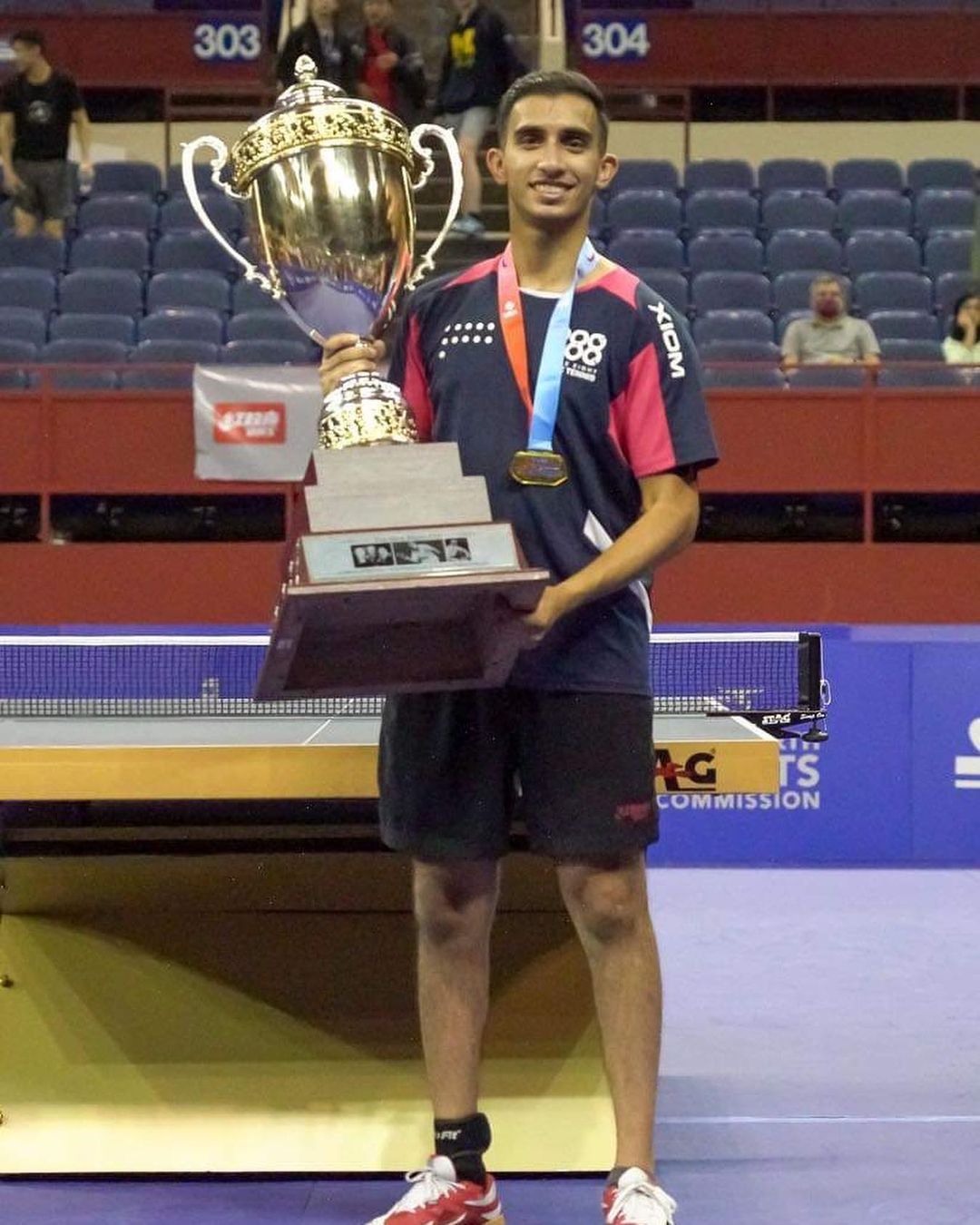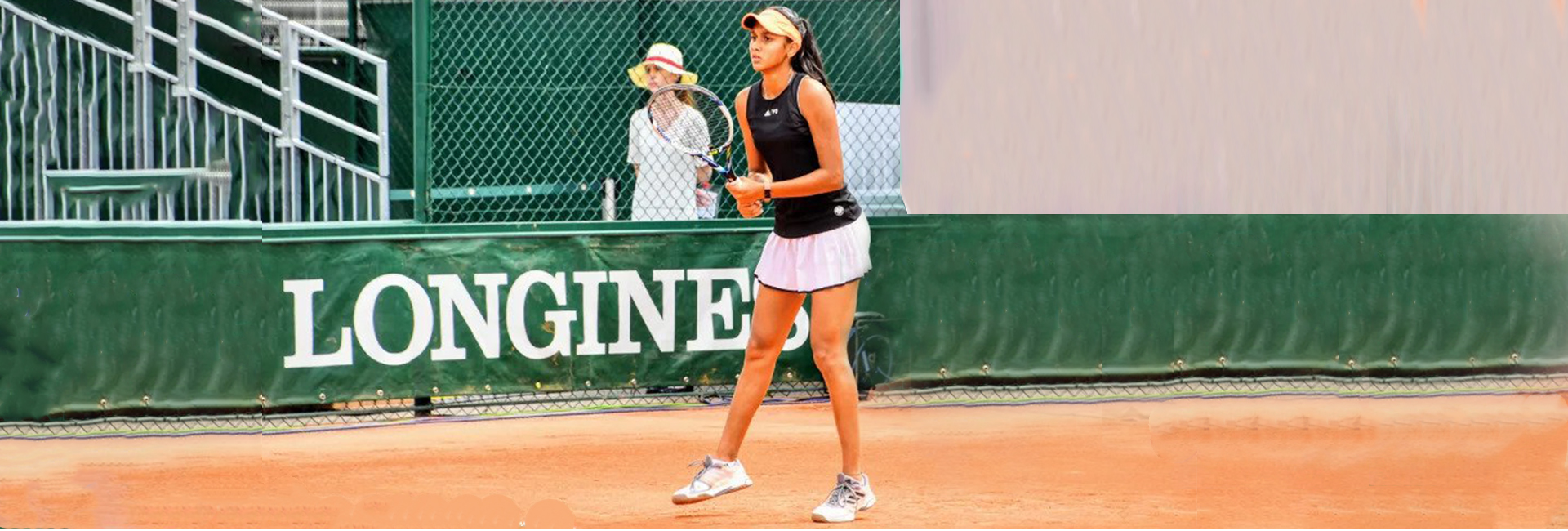(July 18, 2023) Indian-Americans are not just making waves in the business and political worlds, but also in the world of sports. Many young Indian-origin athletes are representing the USA in different tournaments and bringing home medals. One such champion is California-based 20-year-old table tennis player Nikhil Kumar – who is the second youngest table tennis paddler from the US, who qualified for the Tokyo Olympics three years back.

The champion displayed remarkable talent by becoming the U9 National Champion and U10 runner-up in both the prestigious US Open and US Nationals competitions. As if that wasn’t impressive enough, Nikhil was chosen to represent his country in the highly esteemed World Cadet Championship. However, it was at the tender age of 12 that he truly made his mark by securing the first rank in the North American tournament organised by ITTF. Gearing up to represent the USA in the next Olympics, the champion is also pursuing Computer Science at one of the most prestigious academic institutions — the University of California in Berkeley. “I feel great to have qualified for the Olympics,” the Global Indian said during an interview, “For me, being one of the younger ones does not make a difference because throughout my career I have been facing opponents and having teammates that were at least a couple of years older than me table tennis is a game of skills, not of age.”
A happy accident
Son of a software professional couple, who moved to the USA from Kerala, Nikhil picked up the table tennis paddle out of sheer boredom. “I started playing table tennis when I was about five or six years old because I wanted a hobby,” the champion shared, “I was introduced to the sport when I joined summer camps at the India Community Center (ICC) in Milpitas, California. It was just one of the many different activities I was involved in. I started training more actively at the age of eight with Anil Kashyap.”


Nikhil with his family
Eventually, the youngster started taking part in local tournaments and also winning – which made him train harder and more regularly. After training with Kashyap till 2014, the champion was coached by Tao Wenzhang, who took him to international competitions including the World Championships in 2017. The arrival of Italian coach Massimo Constantini, known for his successful training of India’s Commonwealth Table Tennis squad, had a profound impact on the performance of numerous players, including Nikhil. “Coach Massimo at ICC helped a lot with new techniques, and understanding the game. He has been a great guide to me since then and opened up more opportunities to train and play in international competitions,” said the champion, who has been inspired by watching the members of the Chinese National team train and compete at international tournaments.
Paddling his way to glory
The left-handed attacking table tennis player truly made his mark after winning the 2017 ITTF Junior gold medal, which got him noticed by the USA Olympic selection team. However, his path was not without any thorns. The champion shared, “From the point of view of table tennis, I have had my share of wins and losses. There were a few competitions where I wished I had done better, but in the end, I lost out to someone stronger. Physically, I had challenges with growth spurts causing aches and pains from time to time.”
Talking about his experience at the Olympic selection camp, he said, “My biggest challenge came earlier this year as we headed to the Olympic trials. Having played extremely well during the year, I was quite hopeful of making it. But as we got closer there were uncertainties thrown by way of changes in procedures etc that put a lot of pressure on me. There was a point in time at the beginning of the year when my coach advised me to take a break because of the pressure I was putting on myself. However, it all worked out in the end as my parents, coaches helped me get into the best shape to compete at the trials.”


Training hard for the Olympics in Germany with many professional players, Nikhil is looking to take his game a notch higher. “My main goal is, of course, to be in the best shape I can be for the Olympics and produce the best results I can. Outside of that, I want to get into the top 100 for men’s ranking. Also, I just started pursuing Computer Science at UC Berkeley, and that is quite exciting,” the champion shared.
- Follow Nikhil Kumar on Instagram




Woow very inspirational story! I want my kids to be like him one day